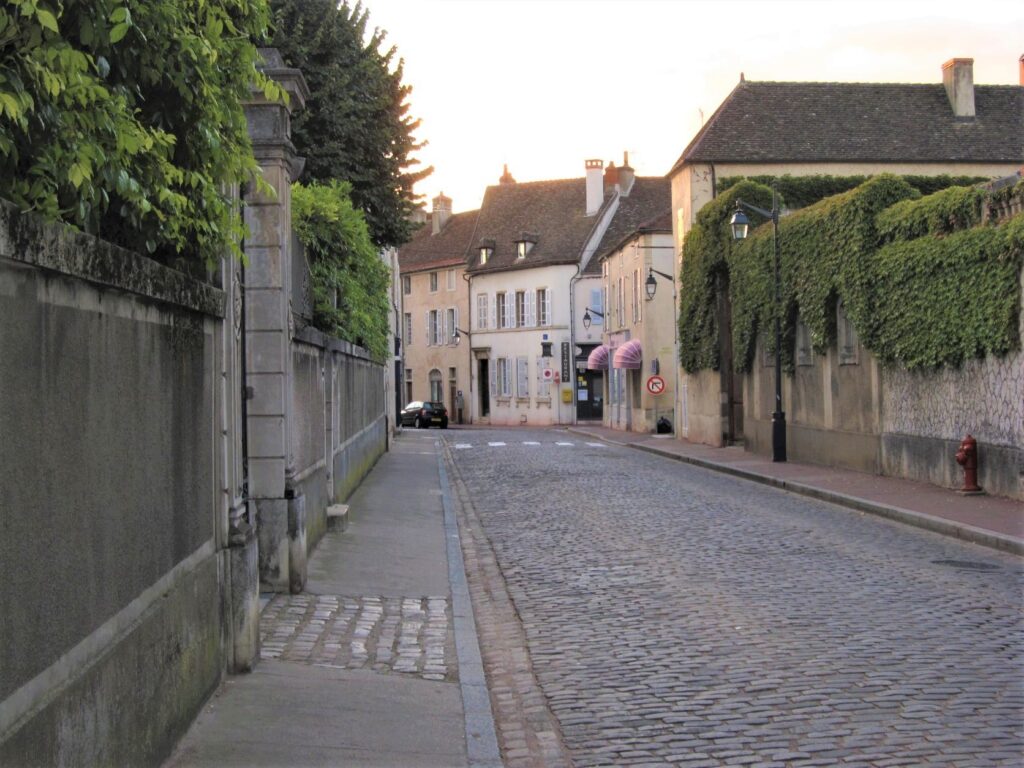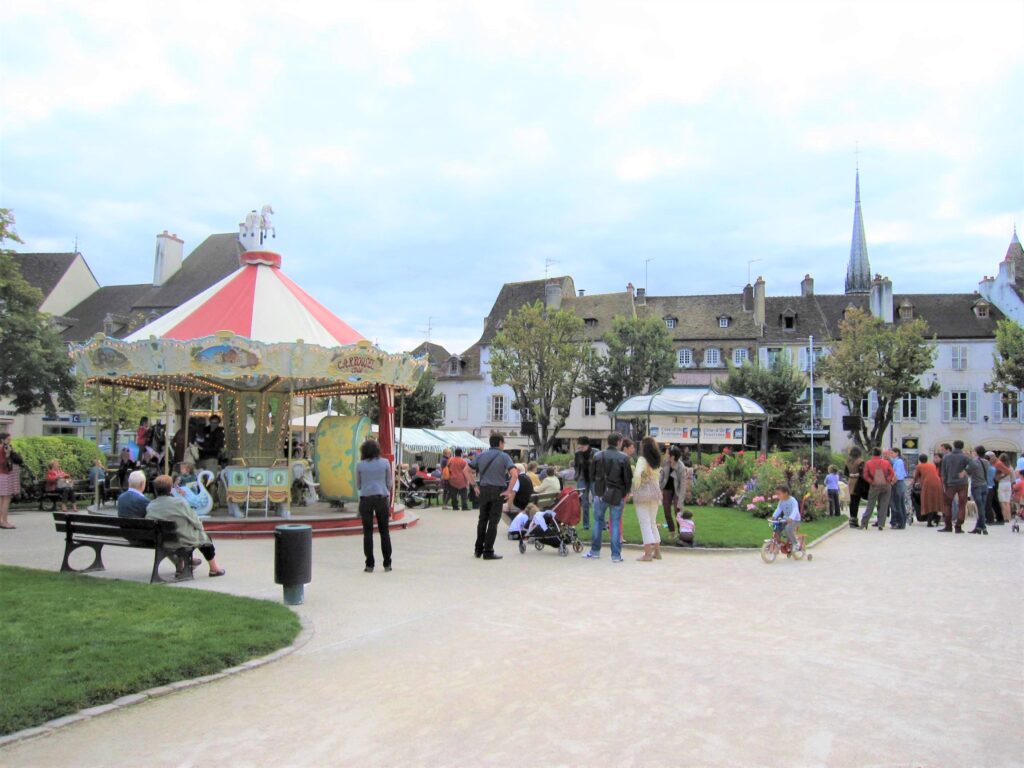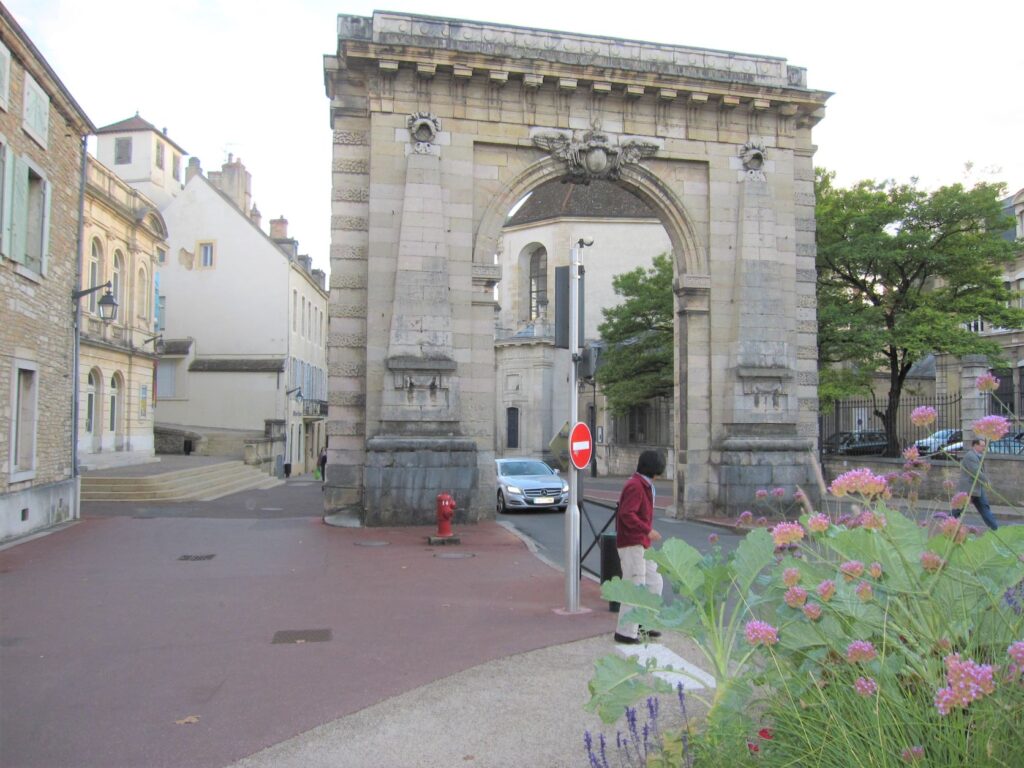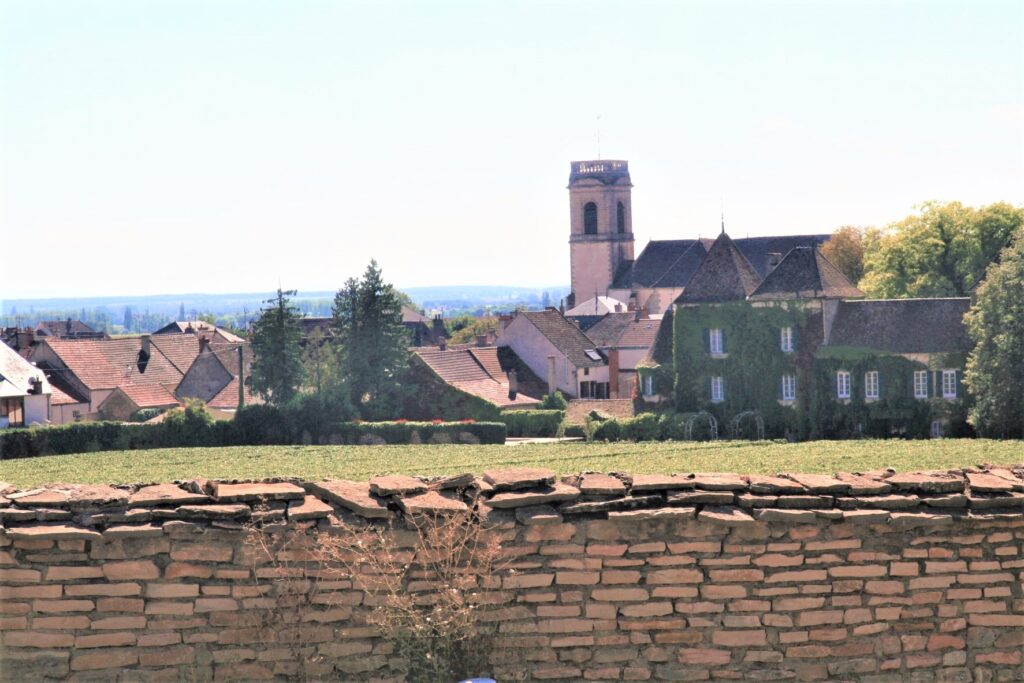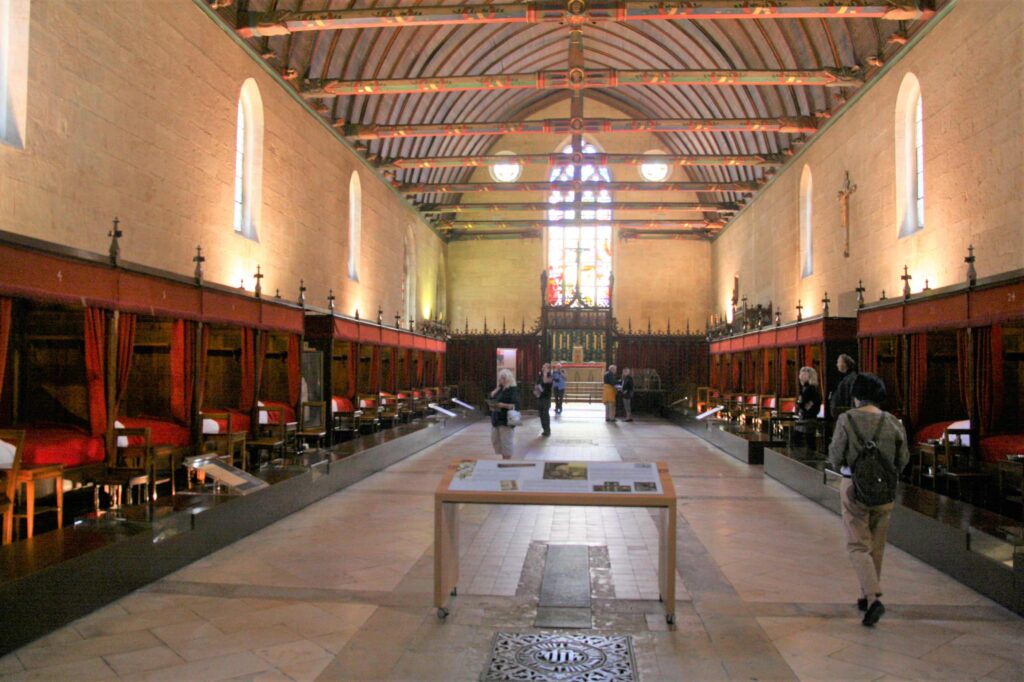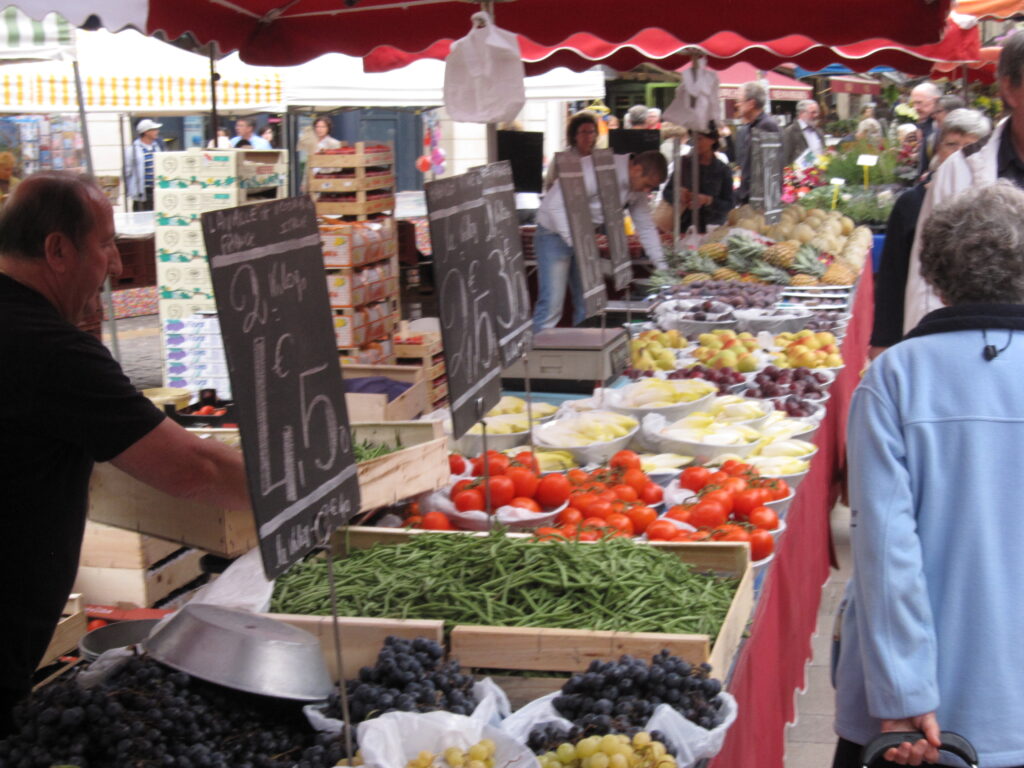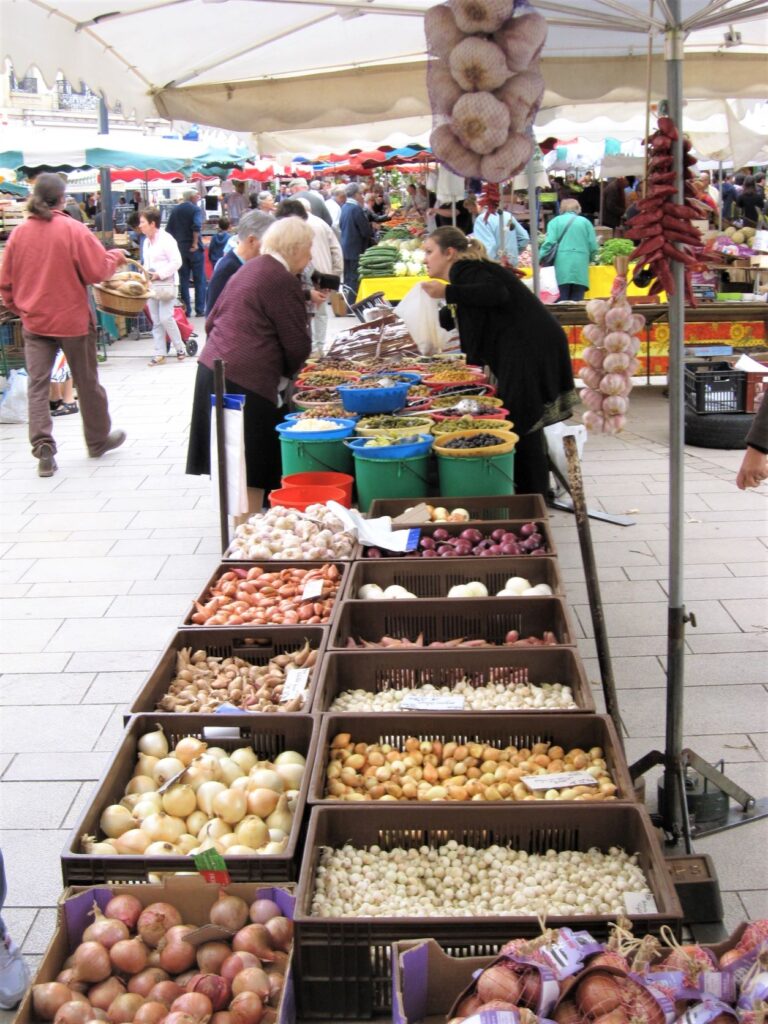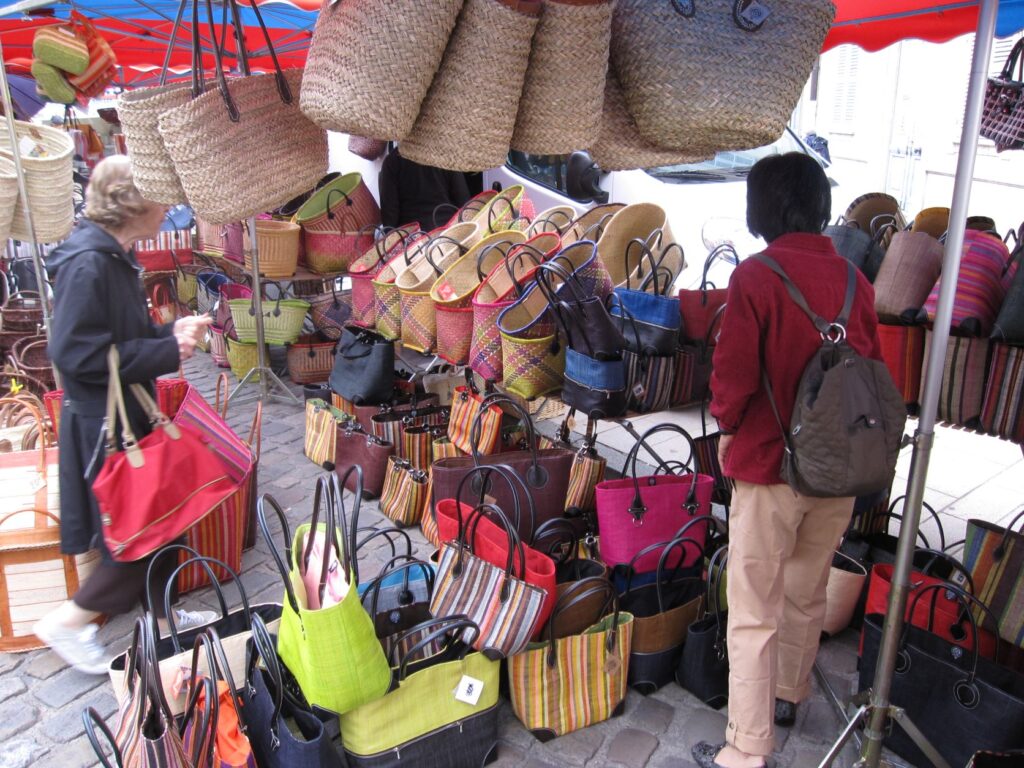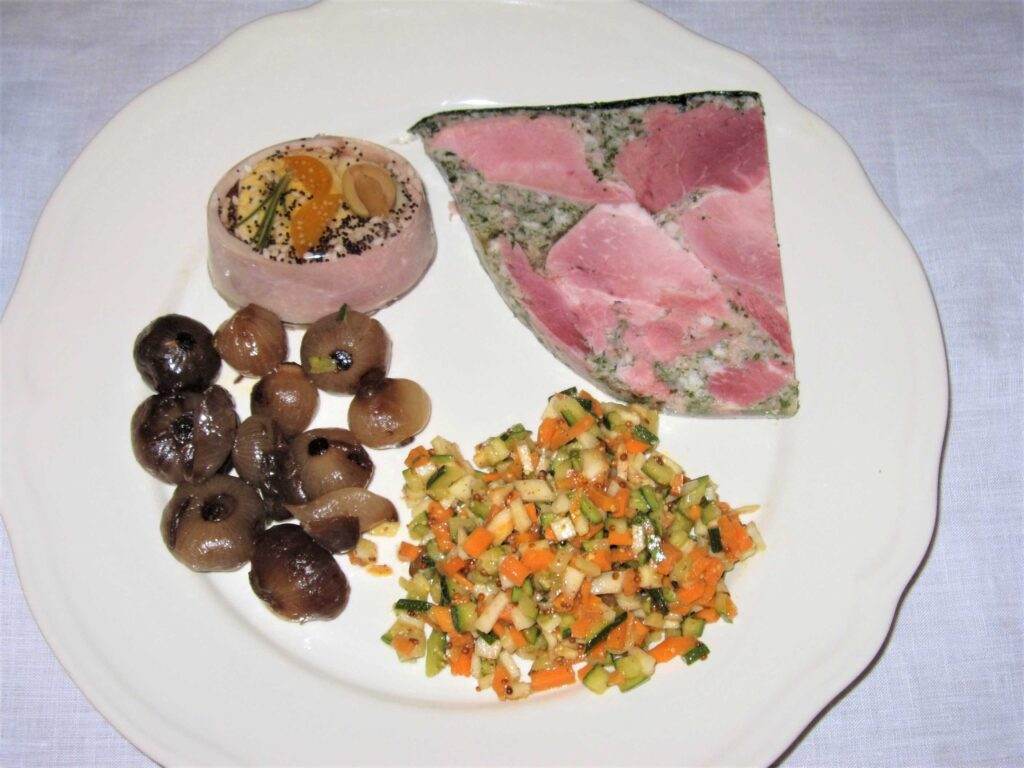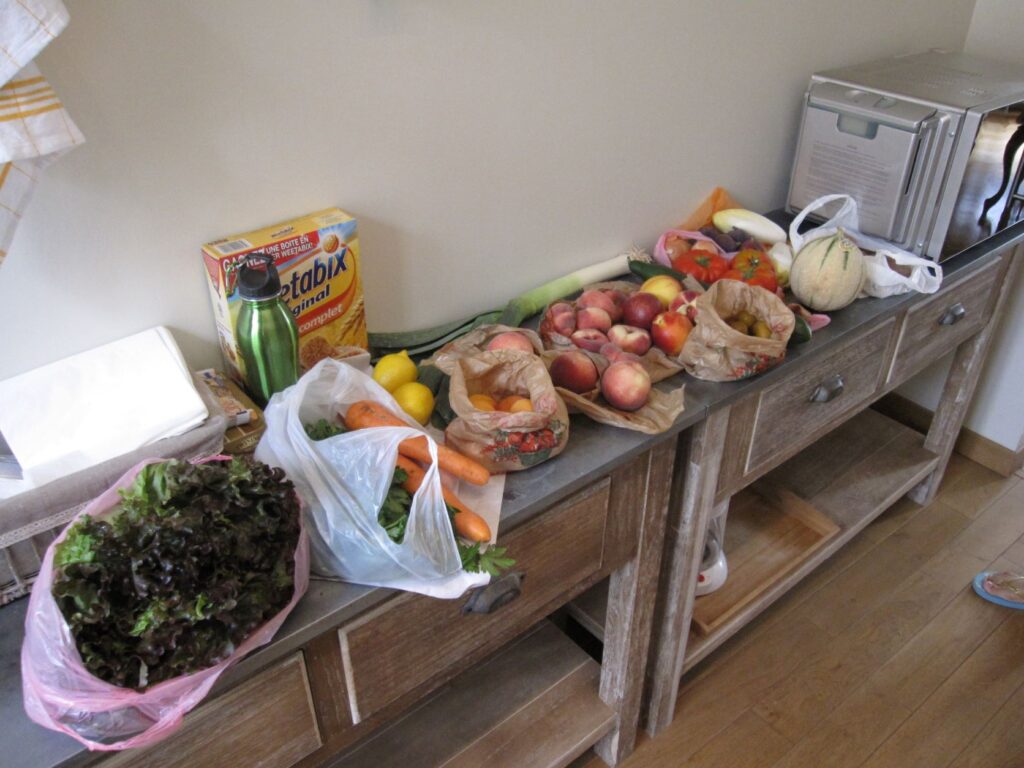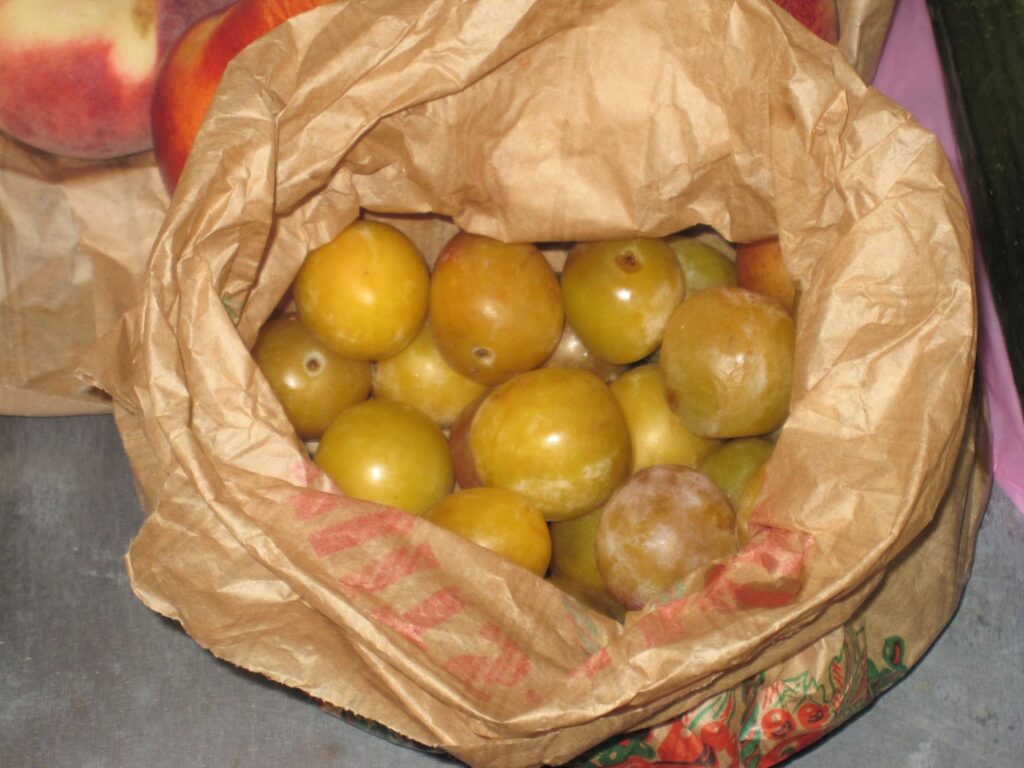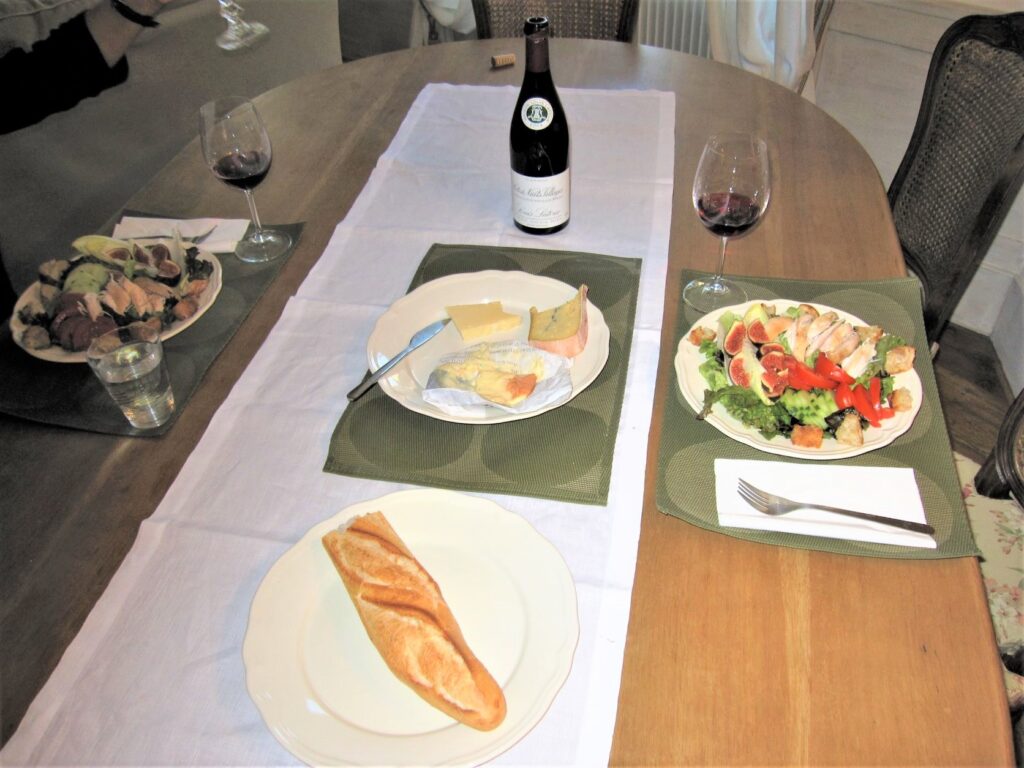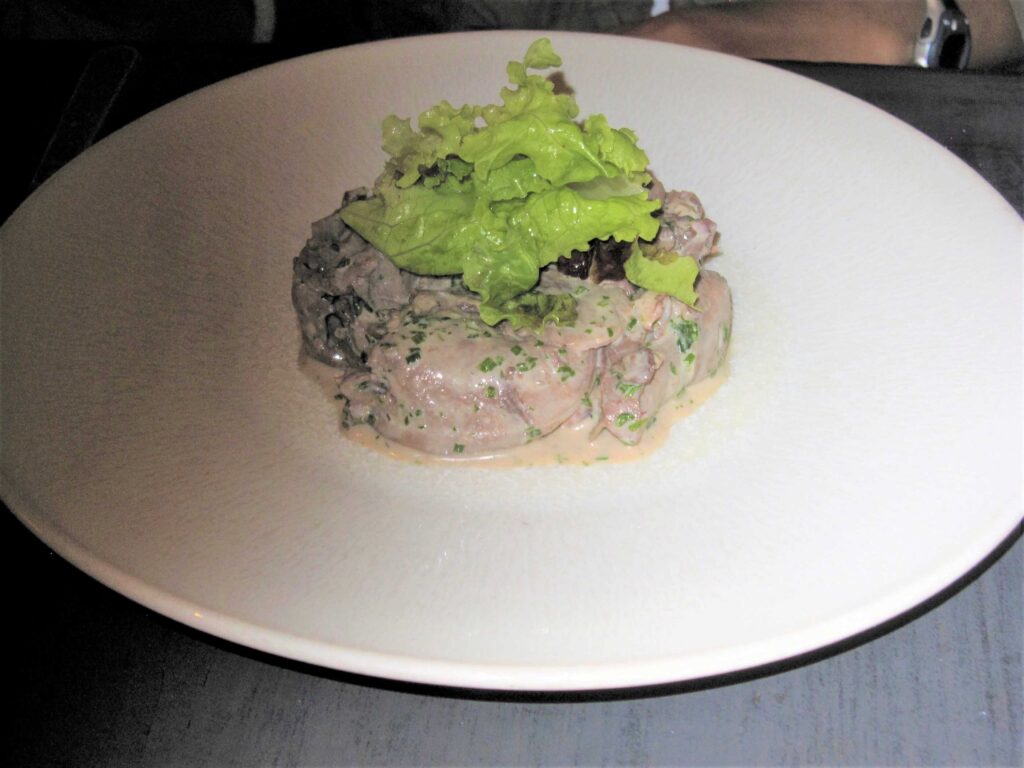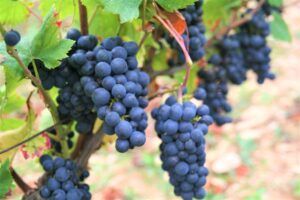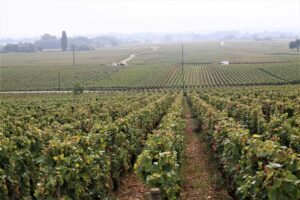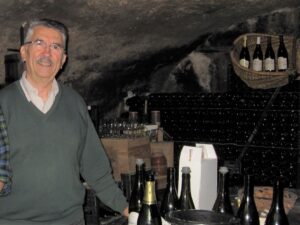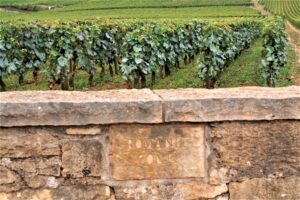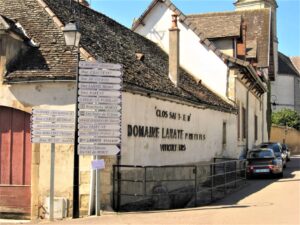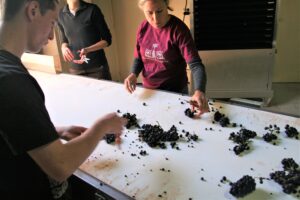beaune, france
As the wine capital of the Burgundy region in east-central France, Beaune (pronounced like “bone”) has been settled since prehistoric times and is surrounded by some of the most famous Chardonnay and Pinot Noir vineyards in the world.
It was the Romans who brought viticulture to the area. Later when abbeys and monasteries were established, the early monks became proficient in winemaking — initially for use at mass, and eventually as a beverage they enjoyed in their daily lives. The monks were the first to recognize and delineate the differences in quality between vineyards, which led to how the best sites are now classified within Burgundy’s two main wine districts: Côte de Beaune and Côte de Nuits. By the 15th century as the quality and popularity of the local wine grew, so did the economic and political power of Beaune.
But to be clear, one does not have to like wine to love Beaune. My wife is unable to tolerate the drink that made this area famous, but she would return to this charming walled town in a heartbeat with its history, scenic biking and hiking trails, and fabulous central market. And if you are into wine . . . you’ll love it that much more.
Beaune is a very walkable town with a population of about 22,000. You would want to stay in the old town center which is surrounded by parts of a medieval wall you can circle in a leisurely 45-minute stroll.
For arrivals in Paris, Beaune is a 2 1/2 hour train ride from the Gare de Lyon station. Add another hour if going by car.
Ideally you should find an apartment in the old town. Dijon (to the north) and Lyon (south) are easily reached from the Beaune train station for optional day trips.
No Touristy T-Shirt Shops
Instead, you will find cheese and wine shops, charcuteries, patisseries and boulangeries, bike rentals, and the Athenaeum, which is a combination bookstore, map store and wine tasting venue. There are also many cozy restaurants for that authentic Beef Burgundy (Boeuf Bourguignon) on nights when you’re not cooking in your own kitchen.
A can’t-miss attraction is the Hospices de Beaune, a charitable hospital built in the Middle Ages with beautiful architecture and an excellent tour, considered one of the most renowned historical monuments in all of France. It is home to van der Weyden’s masterpiece, The Last Judgment, and the site of the largest charity wine auction in the world each November.
Join the Locals on Market Days
On Saturday mornings (and Wednesdays on a smaller scale) the town center explodes in a colorful display of produce stalls where locals buy their fruit, vegetables, cheese and meat, including the acclaimed Poulet de Bresse chickens from nearby. It is here you can buy most of the food for the meals you will create on your own, and some tasty prepared meals as well, for when you don’t want to spend too much time in the kitchen.
And Then There's the Wine
Generally, the more prestigious white wine (Chardonnay) vineyards are in the Côte de Beaune district, while the more notable red wine (Pinot Noir) vineyards are in the Côte de Nuits. The town of Beaune lies more or less in the middle.
You can walk or bike through those beautiful vineyards along the Veloroute or rent a car to navigate the well-marked Route des Grands Crus. Either way you’ll discover such well-known wine villages as Puligny-Montrachet, Meursault, Pommard and Gevrey-Chambertin. Though not as commercial as Napa, these quaint and picturesque wine towns offer the chance to tour, taste and picnic among some of the most valuable real estate in the world.
Afterwards you can visit Chateau du Clos de Vougeot, an historical and architectural gem built by the monks in the 12th century on the site of a famous vineyard, which now offers tours and special events
Our Experience
- After arriving by train from Paris, it was a 10-minute walk to our apartment within the old walled section of town. From there it was just a 5-minute walk to the town center, and two doors down from the patissiere where we bought our breakfast treats most mornings. We knew the products were baked fresh on the premises because of the flour that spilled out and whitened the sidewalk each day.
- We walked to the wine villages of Pommard and Volnay, and rented a car one day to visit some of the more distant villages, as well as the shop of a well-known wine barrel maker.
- Thanks to good directions from a jogger we encountered, we made a successful pilgrimage to the famous Romanée–Conti vineyard. Bottles of its pinot noir are priced in the five figures, meaning each grape in a cluster is valued upwards of $50. I was told the vineyard is under surveillance to keep visitors from helping themselves to an expensive souvenir . . . or from doing something worse.
- The dinners we enjoyed out, when we didn’t cook at the apartment, were better than any we had during our time in Paris, years before. One evening while enjoying Beef Burgundy at a cozy restaurant with outdoor seating, we were serenaded by a musician across the street playing French songs on an accordion, just like in those romantic foreign movies.
- A fond memory of our time in Beaune was befriending a winemaker who invited us to his winery to observe his team processing the day’s harvest. Afterwards, to my surprise, he opened up a bottle from his Grand Cru vineyard to share with us — probably the only time I’ll ever get to taste such a classic wine. Later in his century’s-old chalet he gave us a tour of the vast wine cellar which was dark and damp, but full of precious bottles from years past. And just when I thought the day could not get any better, he presented us with one of his Premier Cru wines (second only to Grand Cru in the wine hierarchy) to take home. Merci beaucoup!
Our Live-Like-a-Local Criteria Rating:
We hope one day you get to “live like a local” in this town or another one like it.
For more on Beaune, go here.
